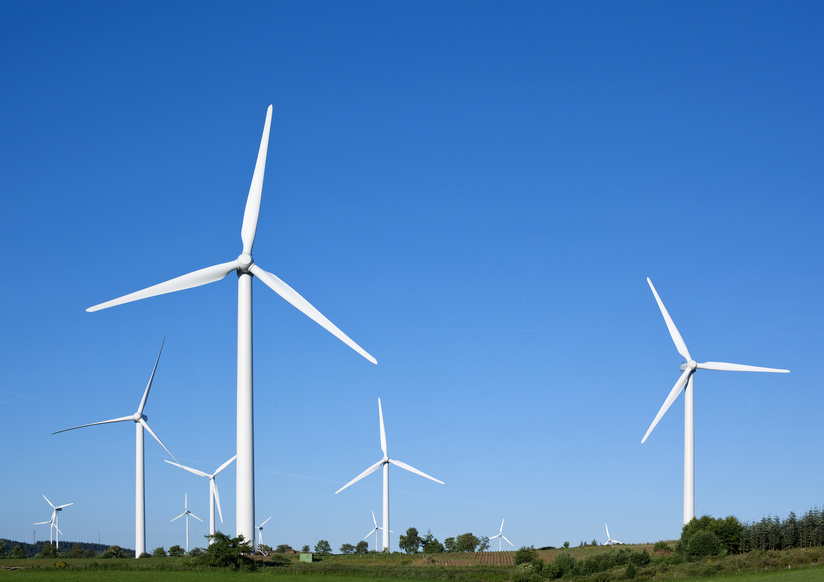Wind power applications
Today, wind power is the most important renewable energy source for electricity generation. According to the BDEW, it accounted for 6.4% of gross electricity generation in 2009. This share is expected to grow to 25 % by 2025. This forecast growth is of great importance for the economy as a whole and has also led to new developments at P-D Glasseiden GmbH Oschatz in order to meet the needs of wind turbine manufacturers for processing products.
Housing
Rotor blades
Consumables
Today, wind power is the most important renewable energy source for electricity generation. According to the BDEW, it accounted for 6.4% of gross electricity generation in 2009. This share is expected to grow to 25 % by 2025. This forecast growth is of great importance for the economy as a whole and has also led to new developments at P-D Glasseiden GmbH Oschatz in order to meet the needs of wind turbine manufacturers for processing products.
Housing
The housing of a wind turbine is the link between the rotor blades and the massive turbine tower. This component must be able to withstand the enormous forces that act on the entire turbine at this height. To ensure the required safety and the necessary stability and strength, wind turbine manufacturers have been relying on products from P-D Glasseiden GmbH Oschatz for some time now.

Rotor blades
The rotor blades of a wind turbine are subjected to enormous forces that push the materials used to their maximum load-bearing capacity. These requirements are met by using multiaxial fabrics. The glass fibers are laid on top of each other in several layers in order to make optimum use of the thread tensile strength in all directions. These highly complex glass fiber materials combine maximum stability, durability and lightness.

Consumables
Consumables such as peel ply are used on wind vanes, for example, to create a rough surface for subsequent protective coating. The fabric is applied to the sash and later removed from the component. This saves the typical sanding of the surface and prevents the component from becoming dirty if there is a longer waiting time before further processing.

